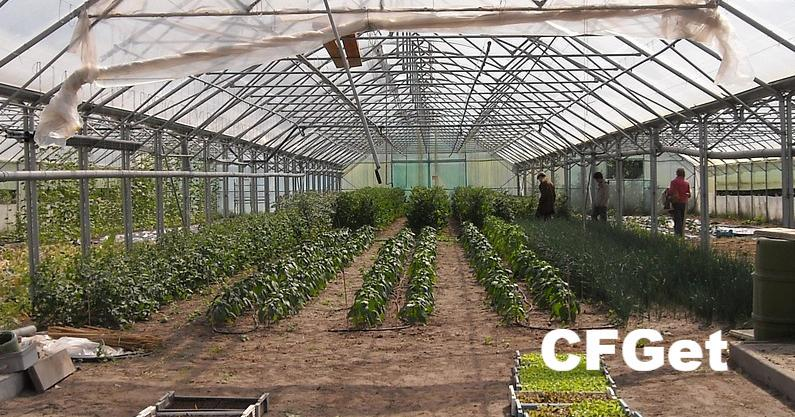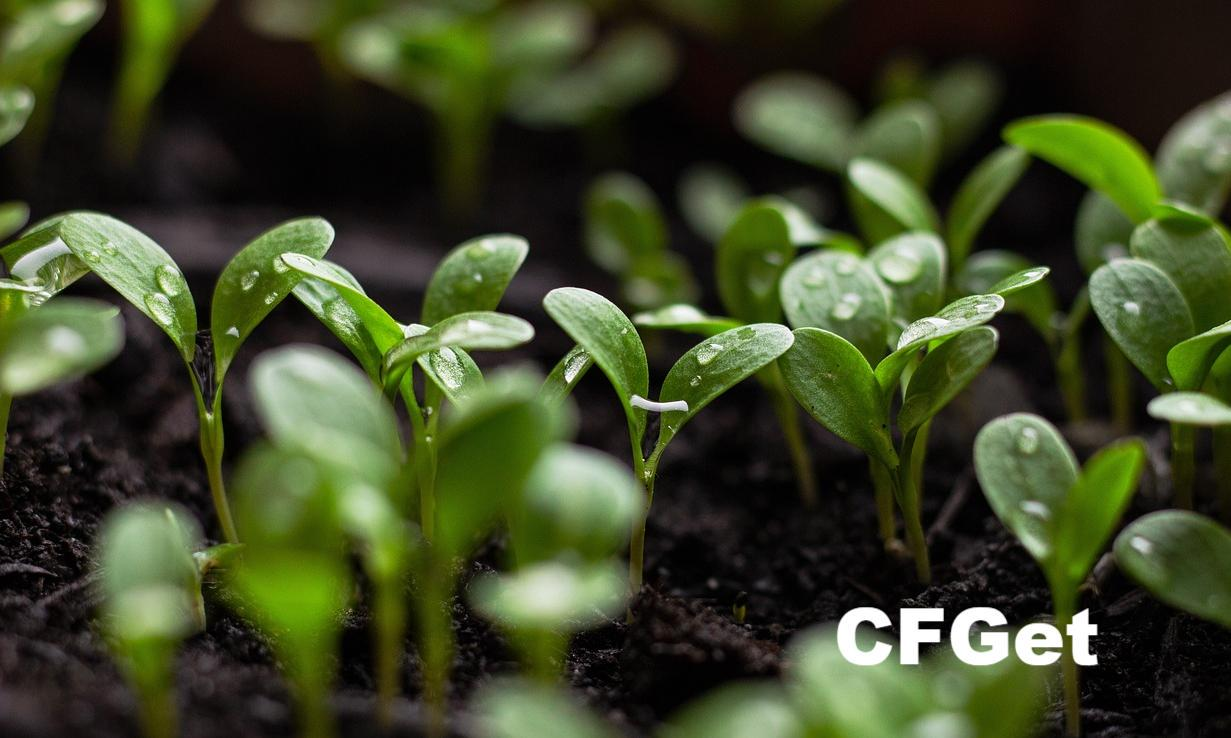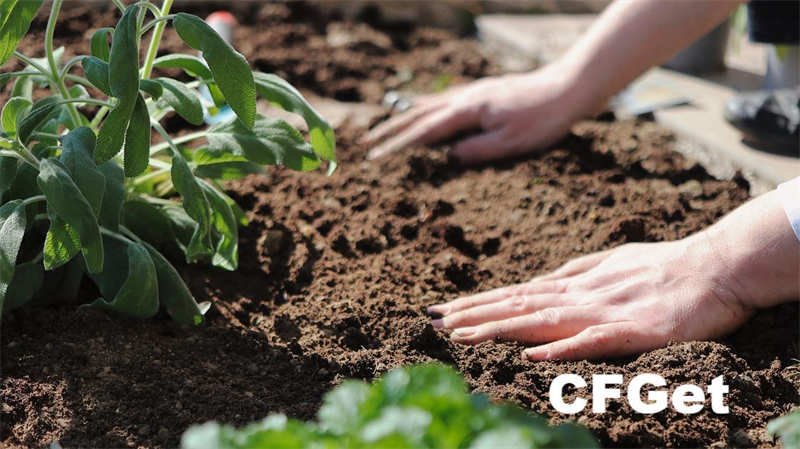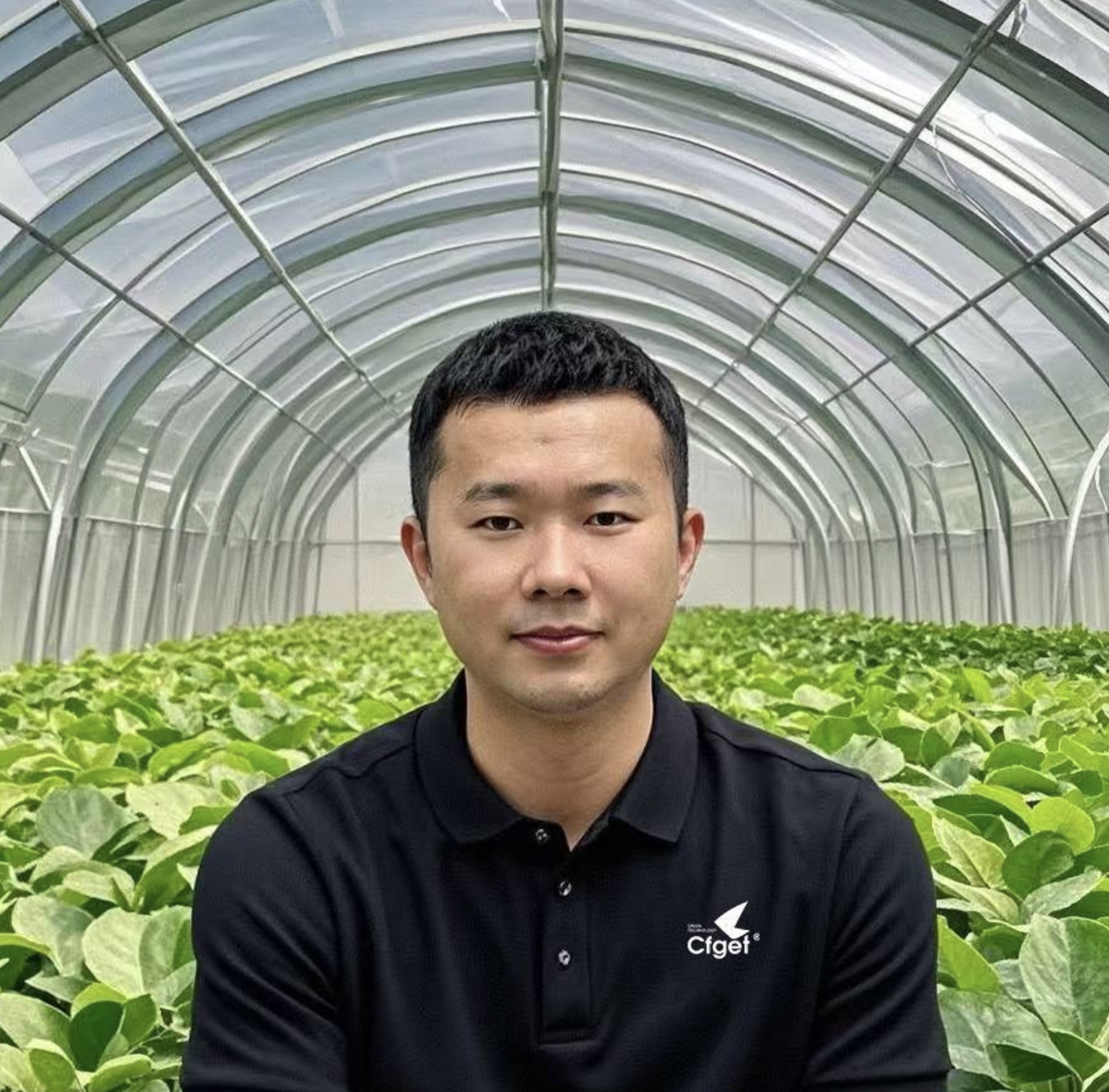Lilemong tsa morao tjena, ha batho ba ntse ba ameha haholoanyane ka bophelo bo botle, tlhokahalo ea lijo tse entsoeng ka manyolo e ile ea eketseha. Ka nako e ts'oanang, temo ea limela tsa greenhouse e hlahile e le mokhoa o ka sehloohong lefapheng la temo. Tikoloho e laoloang ka har'a li-greenhouses e fana ka maemo a loketseng bakeng sa ho lema lijalo tsa manyolo ha e ntse e fokotsa haholo tšebeliso ea manyolo a lik'hemik'hale le chefo e bolaeang likokoanyana, ho netefatsa bophelo bo botle le boleng ba lijalo. Sehloohong sena, re tla hlahloba melemo ea temo ea greenhouse organic le mokhoa oa ho netefatsa boleng ba mobu le ho thibela masalla a lik'hemik'hale.

1. Melemo ea Temo ea Greenhouse Organic: Maemo a Matle a Ho Hōla
Li-greenhouses li fana ka tikoloho e tsitsitseng bakeng sa lijalo, e leng ea bohlokoa bakeng sa temo ea manyolo. Ho fapana le temo ea masimo a bulehileng, moo maemo a leholimo a ka ntle e ka bang a sa lebelloang, li-greenhouses li lumella taolo e nepahetseng holim'a mocheso, mongobo le khanya, ho netefatsa hore lijalo li mela maemong a nepahetseng.
Ka har'a sethopo, lijalo li sirelelitsoe maemong a leholimo a feteletseng joalo ka mariha a batang kapa mocheso o feteletseng. Tikoloho e laoloang e etsa bonnete ba hore lijalo li ka hola khafetsa ntle le ho angoa ke mabaka a kantle. Sena se lebisa ho chai e phahameng le lihlahisoa tsa boleng bo holimo. Ho feta moo, kotsi ea likokoanyana le mafu e ea fokotseha, kaha tikoloho e koaletsoeng e ka behoa leihlo le ho laoloa habonolo.
Chengfei Greenhousese fana ka litharollo tse tsoetseng pele tsa taolo ea boemo ba leholimo tse thusang lihoai ho ntlafatsa tikoloho ea lijalo, ho netefatsa hore li hola maemong a matle ka ho fetisisa bakeng sa chai e ngata le boleng.

2. Ho Boloka Boleng ba Mobu: Senotlolo sa Khōlo ea Sejalo se Phethahetseng
Bophelo bo botle ba mobu ke motheo oa temo e atlehileng ea manyolo. Ho netefatsa kholo ea lijalo tse phetseng hantle, ho bohlokoa ho boloka mobu o nonneng le sebopeho. Ho na le mekhoa e mengata ea ho boloka mobu o phetse hantle le ho qoba ho fokotseha ha limatlafatsi.
Menontša ea 'mele: Ho sebelisa manyolo a tlhaho joalo ka mosuela, moiteli o motala le moiteli oa liphoofolo ho fana ka limatlafatsi tsa bohlokoa mobung. Manyolo ana ha a fepe limela feela empa hape a ntlafatsa sebopeho sa mobu, a ntlafatsa ho boloka metsi, le ho khothalletsa tšebetso ea likokoana-hloko.
Phetoho ea lijalo: Ho fapanyetsana lijalo ke mokhoa o mong oa ho boloka mobu o nonneng. Ka ho fapanyetsana mefuta ea lijalo tse lenngoeng mobung o le mong, lihoai li ka thibela ho fokotseha ha limatlafatsi le ho fokotsa ho ata ha likokoanyana le mafu.
Koahela Lijalo: Ho lema lijalo tse khurumetsang joaloka limela tsa linaoa ho ka thusa ho lokisa naetrojene mobung, ho ntlafatsa monono oa oona. Lijalo tsena li boetse li fokotsa khoholeho ea mobu le ho eketsa lintho tse phelang, tse matlafatsang sebopeho sa mobu.
Ka ho boloka bophelo bo botle ba mobu ka mekhoa ena, temo ea limela tsa sethopo e tiisa hore mobu o lula o le mobu, o lumella lijalo hore li atlehe ntle le tlhokahalo ea lik'hemik'hale tsa maiketsetso.

3. Ho Thibela Masalla a Lik'hemik'hale: Bohlokoa ba Likokonyana tse sa Cheseng le Taolo ea Mafu
E 'ngoe ea lipheo tse kholo tsa temo ea manyolo ke ho qoba tšebeliso ea chefo e bolaeang likokoanyana le manyolo a maiketsetso. Ho e-na le hoo, temo ea manyolo ea sethopo e itšetlehile ka mekhoa ea tlhaho ea ho laola likokoanyana le mafu, joalo ka taolo ea likokoana-hloko, ho lema ha balekane, le lintho tse lelekang likokoanyana ka tlhaho.
Taolo ea Likokoana-hloko: Sena se kenyelletsa ho hlahisa libatana tsa tlhaho, tse kang ladybugs kapa likokoanyana tse jang likokoanyana, ho laola likokoanyana tse kotsi. Mokhoa ona o sebetsa hantle ho fokotsa bongata ba likokoanyana ntle le ho itšetleha ka chefo ea lik'hemik'hale.
Ho lema ka molekane: Limela tse ling li ka lengoa hammoho ho leleka likokoanyana ka tlhaho kapa ho hohela likokoanyana tse molemo. Ka mohlala, ho lema basil haufi le tamati ho ka thusa ho thibela hoaba, ha ho ntse ho hohela likokoana-hloko ho ntlafatsa chai ea lijalo.
Likokoana-hloko tse Lelekang Likokonyana: Lihlahisoa tsa likokoana-hloko tse laolang likokoanyana, tse kang oli ea neem, diatomaceous earth, kapa garlic sprays, li sebelisetsoa ho thibela likokoanyana ntle le ho siea masala a lik'hemik'hale a kotsi.
Ka ho sebelisa mekhoa ena ea ho laola likokoanyana le mafu, lihoai tsa greenhouses li ka qoba tšebeliso ea lik’hemik’hale tse kotsi, tsa etsa bonnete ba hore lijalo tsa tsona ha li na masalla a lik’hemik’hale le hore li bolokehile hore li ka sebelisoa.
Rea u amohela ho ba le lipuisano tse ling le rona.
Email: info@cfgreenhouse.com
#GreenhouseFarming #OrganicFarming #SoilHealth #ChemicalFree #SustainableAgriculture #EcoFriendlyFarming #GreenhouseAgriculture #OrganicPesticides #SustainableFarming
Nako ea poso: Dec-19-2024







 Tobetsa ho Chat
Tobetsa ho Chat